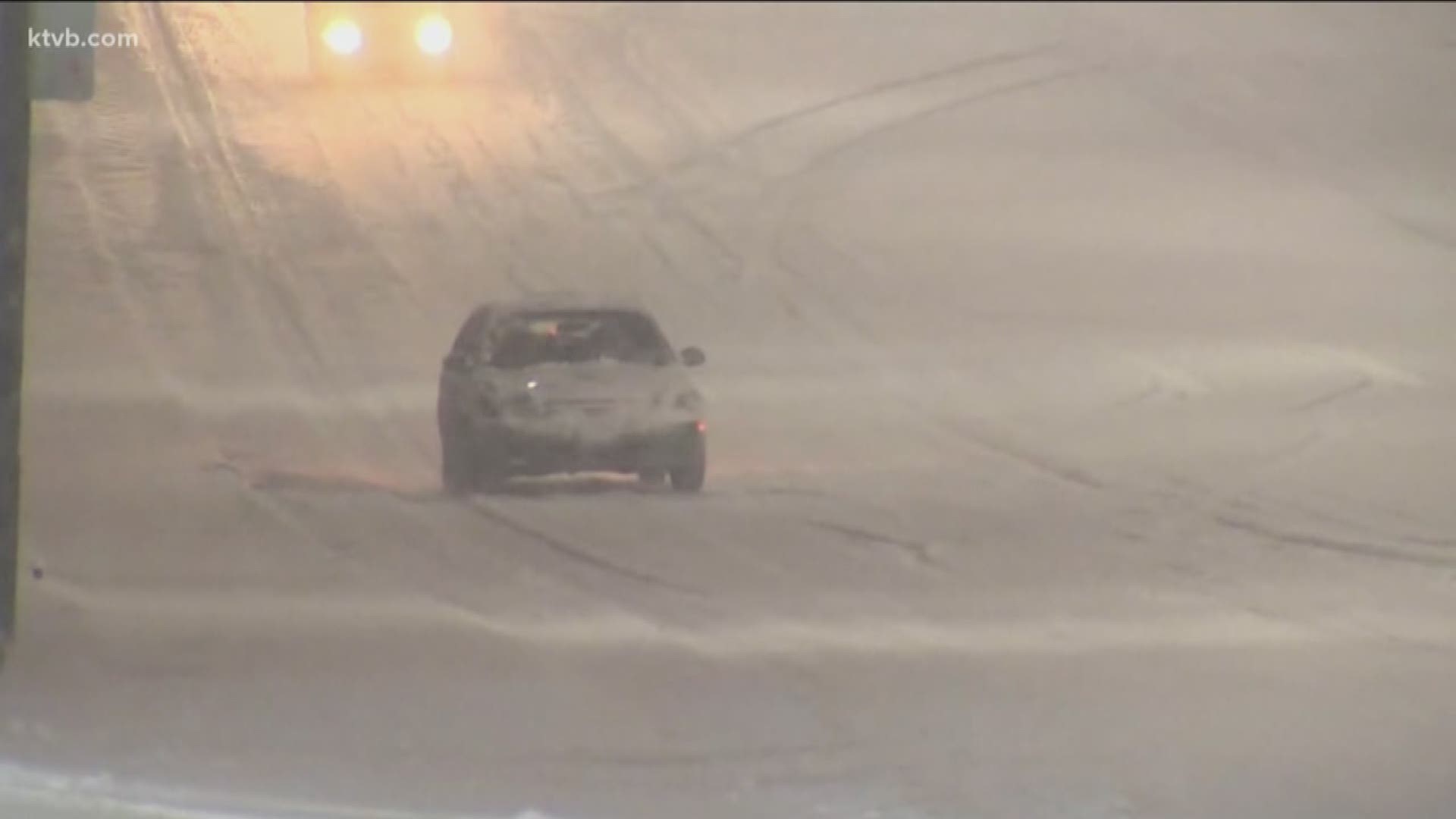BOISE, Idaho — If you live in the Treasure Valley, get ready for the possibility of a snowy commute on Wednesday. There are a lot of so-called “hacks” that claim to make winter driving easier. But are they really good ideas? KTVB reached out to AAA Idaho to Verify.
The first claim: You can pour hot water on your windshield to defrost it quickly. Matthew Conde, the public affairs director with AAA Idaho said, “The problem is when the windshield is as cold as it has been, you could actually crack the windshield or do some damage.”
The second claim: You can deflate your tires to increase traction on slick roads. Again, not a good idea. “People are assuming that you're going to have extra surface area, but you can't duplicate what happens with a winter tire. Winter tires are softer, they grip the road better. You can not impersonate that by deflating an all season tire,” Conde said. “Any time you have your tire pressure too low you risk a blowout at higher speeds.”
The third claim: You should turn into a skid if your car starts to slide. AAA Idaho says that old piece of Drivers Ed wisdom is oversimplifying things. “You always want to continue to steer in the direction you want to go. Always focus on steering over braking and if you're traveling 25 mph or faster you definitely want to focus on steering away from an object. By the time you step on the breaks, you'll use a lot more distance and so you'll more likely hit that object,” Conde said.
The fourth claim: You should use your brights when driving in heavy snow. AAA Idaho advises against that. “The refraction of that light against all those little particles in the air, that actually makes the problem a lot worse," Conde said.
The best advice for driving in heavy snow is to use caution.
“If you have a visibility problem, you always increase your following distance because you never know if there's a person, a downed tree, another vehicle up front. So you just have to take those things in to account,” Conde said.

